Adrakians ("Ay-drayk-ee-an" or "A-drayk-ee-an")
The Adrakians aren't dead. We are their descendants, even when certain groups pretend we're not. If we live on Soplas, the chances of us not being of some Adrakian heritage is none. Their Empire formed the bones of our government, cities, and lives today.
Adrakians are the people of the Adrakian Empire as a collective; however, their more regional groupings would have regional names. Through trade, culture blended and expanded to create several generalizations across the subcontinent-spanning Empire.
Language
The Adrakian language came from the sounds and vocalizations of dragons. However, the language has a more consistent spelling pattern than verbalizations, creating a range of spoken dialects developed to accommodate non-draconic speech abilities.
Beliefs and Religion
Draconic Triad
The Adrakians worshipped a triad of draconic deities. Each deity had a priesthood that would govern the Empire based on their respective domains. The Empire also divided parts of the geography into three sections based on the original founding settlements' locations - the high mountainous region of Tormyra, the broad lands of Theydim, the trade coast of the modern Five Cities region and Goltheris.
Kotzuiyrn, the Razing
Often identified as the god of warfare, he was also the god of agriculture, to the surprise of several scholars who only knew of his depicted destructive nature. Thydians and historians believe his death came at the hands of the rebel Antral of Theydim at the end of the Empire. His skull now decorates the entrance to the Thydian Temple.
Athtica, the Unfettered Gear
She was the deity of scholars, philosophers, and record keepers. Her shrines and temples are the primary sources of most surviving Imperial records. No one has confirmed her death, but priests recorded her as reclusive even before the Empire fell.
Kaygys, the Jealous
He was the deity of commerce, diplomacy, and hospitality. However, records imply hospitality was a part of diplomacy, and the crafts were a part of commerce. Historians believe Kaygys to be dead like the other two, but no one has claimed credit nor found proof.
The Power of Three
Like many cultures presently, the Adrakians placed value on the number three and its multiples. Modern scholars and mages have debunked the old beliefs in requiring certain ingredients or rituals to be done three times or with other aspects involving the number. Some, however, believe the ancients held the number three in high regard, at least for magic, when mages of the time were less potent than their modern counterparts.
Traditions
Timekeeping
The Adrakian Calendar is a solar-lunar calendar based on the four seasons and three moons. Each Adrakain Cycle marked when the moons would repeat their rising patterns every three years. The upper classes mainly tracked cycles for religious purposes or record keeping. The modern-day still use Cycles to determine how many years a treaty or other related deal would be in effect.
Coming of Age
According to records, most coming-of-age ceremonies across the Empire involve the youth exploring their local community. They would also apprentice across several kinds of livelihood before choosing what they would do. Records also show adults could change their occupations throughout their lives. However, some professions like membership to the Priesthoods would require near life-long dedication.
Death and Memorial
Families would bury their dead in family groups. However, the Priesthood of their specific deity (based on their occupation) oversaw the particular burial practices. Presently, the Adrakian gravesites are still in use, as are the traditions of Battle Site graves used in Theydim.
Cities and Architecture
From the ruins of the Last Shrine of Kaygys, the recently uncovered Last Shrine of Kotzuiyrn, and the Last Shrine of Athtica, as well as modern settlements such as Feroian Keep, or Bastadina, stone structures were the only ones to survive to the present day. From those structures, stone was the primary construction material.
Archeologists believe the Empire would, over time, deconstruct and reconstruct settlements to bring about some form of order if they couldn't build up the town from the beginning. Scholars developed the deconstruction-reconstruction theory based on the general absence of pre-Adrakain ruins and the difficulty of determining when anything would be pre-Adrakian.
Trade
In many ways, merchants built the Adrakian Empire's internal power. The foundation of their Empire originated with a trade agreement and mutual defense. The Adrakians built the Old Road used to bring the Empire together in commerce. Their language is a significant part of the common trade language's vocabulary and structure.
The Adrakian currency was called the Triad and had three tiers of money to denote value - Gold, Silver, and Copper. The Triad coins remained in use until the Gold Flood.
Technology
Folklore and history claim Adrakian smithing to be mysterious and superior to all others. However, a modern blacksmith apprentice can surpass the average Adrakian smith with their practice works. However, some exceptions exist, such as enchanted equipment or specific pieces.
History
Dragon Treaty Foundation
When the Adrakian Gods were defending their territories individually, they and their subjects were under constant threat from others. It is unknown which settlement started the idea of an alliance between the regions and their respective deities. The only physical evidence is the Adrakian Treaty Site used as the modern-day Neutral Site for international meetings on Soplas.
The Fall of the Adrakian Empire
Many factors are attributed to the fall of the Empire, while some groups would like to claim sole responsibility.
Whether blinded by their ambition, unaware of the situation across Soplas, or overwhelmed by desperate need, the Dragon Gods' war of expansion beyond Soplas weakened the Empire. Every town was sending their quota for the military; over time, it was harder to meet, with little sign of victory or wealth returning.
Over the last centuries of the Empire, most Life Forged were recovering their memories and began opposing the cruelty of their "life"-long servitude as laborers. Combined with the protests, locals struggled against raiders, famine, plagues, and floods until the locals turned to banditry or refused to send their tithes or quotas to the Empire.
Records show how the loss of control was a tense topic of debate between the High Priests and their respective seconds, as each would blame the other for issues across the Empire. It is believed, from the correspondence, the Triad were also blaming priests and each other for the Empire's situation.
Myths and Legends
Among the Cycles for marking time, there are the Lunar Eclipses and the far rarer Triple Lunar Eclipse defy the Cycles measuring time by the rising order of the moons more than their exact position. In Adrakian Mythology, the lunar eclipse was the Dragon-God of that moon defeating their enemies and a cause for celebration. A triple lunar eclipse was a dreadful omen and a celebration for the Adrakian Empire - promising grim wars and eventual victory.
Solar eclipses, however, were an omen of concern for the dragon associated with that particular moon. Legends and folklore claim the last military campaign began with a triple lunar eclipse. Others claim the rebellions became an open military campaign of their own under a triple solar eclipse.
Legacy
Rifts and Ravines
Across Soplas, particularly Theydim and the Contested Lands, the rifts and ravines date to the end of the Adrakian Empire when and where mages burned out to achieve victory at any cost. Burnouts caused some loss of magical knowledge as it is currently impossible to know what those mages could not pass on to their apprentices if they had any.
Most records of mage burnout come from the collapse of the Adrakian Empire. Cartographers redrew maps multiple times even after the Empire fell to accommodate the natural disasters.
Life Forged and the Forged
The process of converting criminals into Life Forged as punishment was used by the Adrakians until the Life Forged began to remember their lives centuries after their forging. The Empire ended the practice except for some individuals, such as the Former High Priest of Athtica. However, the cultural memory of the Life Forged's creation bled into concerns when the Forged became sentient in the Great Awakening of the Forged Smiths repeating the Empire's mistakes.
Culture Restoration
A rise in academic study in Pre-Adrakain history dug up records of deities who were not the Adrakian Triad of dragons. As the Empire fell, interest in those ruins took over. The Adrakian gods - powerful and long-lived but mortal - were replaced by long-forgotten deities that other mortals could not kill. The Thydian rebels dedicated themselves to restoring their lost culture based on ruins found in the northern part of the collapsing Empire's territory.
However, no amount of archeology can restore the culture of the ancients before the Empire back to life. When the Empire fell, most people lived as usual because they knew no other culture or way of life. While the Adrakian priesthoods collapsed, the people repurposed the less religiously focused structures into the present political systems of governments.
"Cultists"
Today, most groups claiming to worship the Adrakian gods are young adults who value shocking their elders or upsetting the more extreme anti-Adrakian groups. In the ending days, only a few select and legitimate cultist individuals and their families were targeted for revenge by more than a few extremist groups.
Scholars have a long-standing feud with the "cultists" due to the frequent vandalization of ruins used for their studies.
Order of Speared Light
The Order of Speared Light is a surviving extremist group that once held expertise in Dragon Hunts until centuries ago with the extinction of Dragons. Supposedly, the Thydian Saint Antral founded them, and they still regard her more than the Thydian Gods.
Naming Traditions
Feminine names
- Latske
- Rylak
Masculine names
- Coryduin
- Davon
Unisex names
- Tavik/Tabik
Family names
- Skarzvard
Ideals
Gender Ideals
... remaining preserved murals seem to depict a lack of specific gender roles in Adrakian culture - something we've inherited. Don't say that too loudly where the Order can hear us.
Relationship Ideals
Relationships between individuals who fell under the same god's domain were not discouraged. In general, people were more encouraged to have large families with many skills within their family by marrying people who did not follow the same deity.
(citation needed)




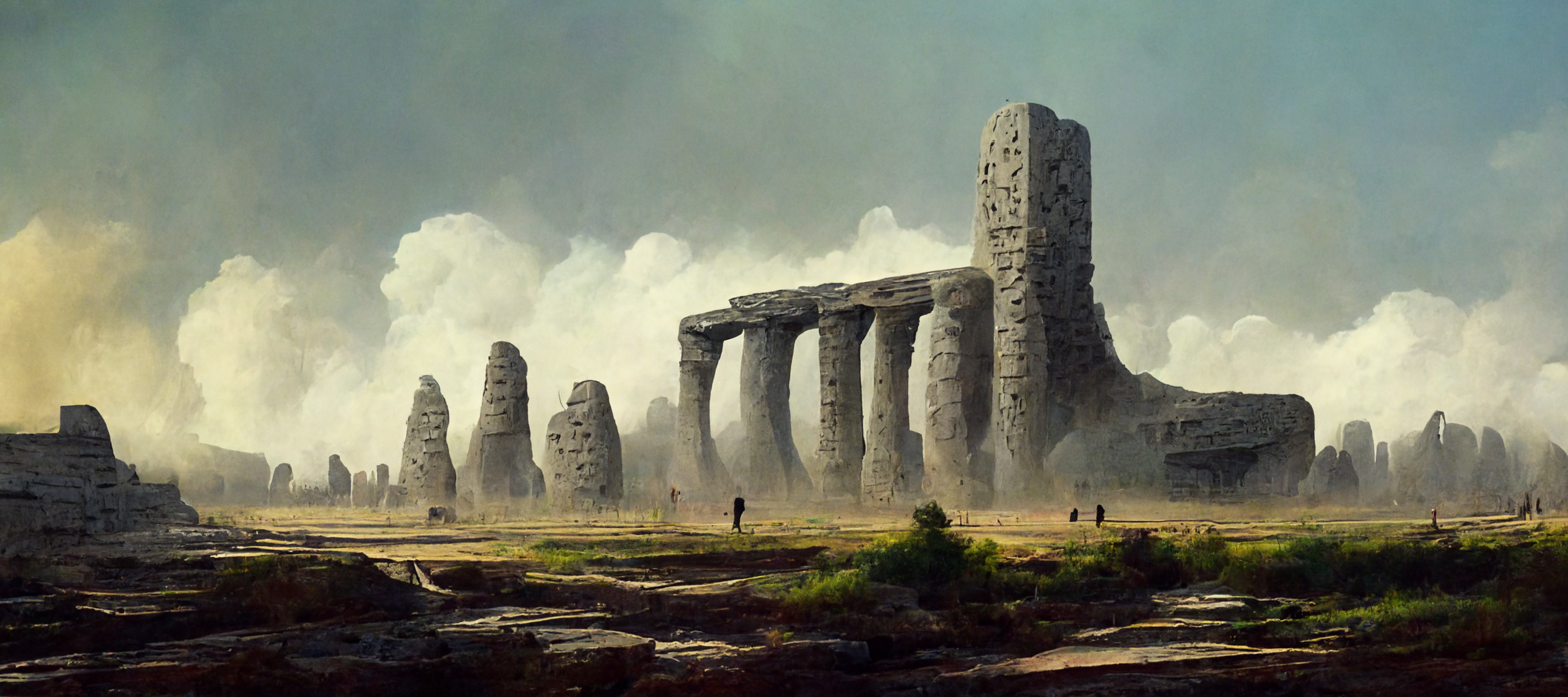
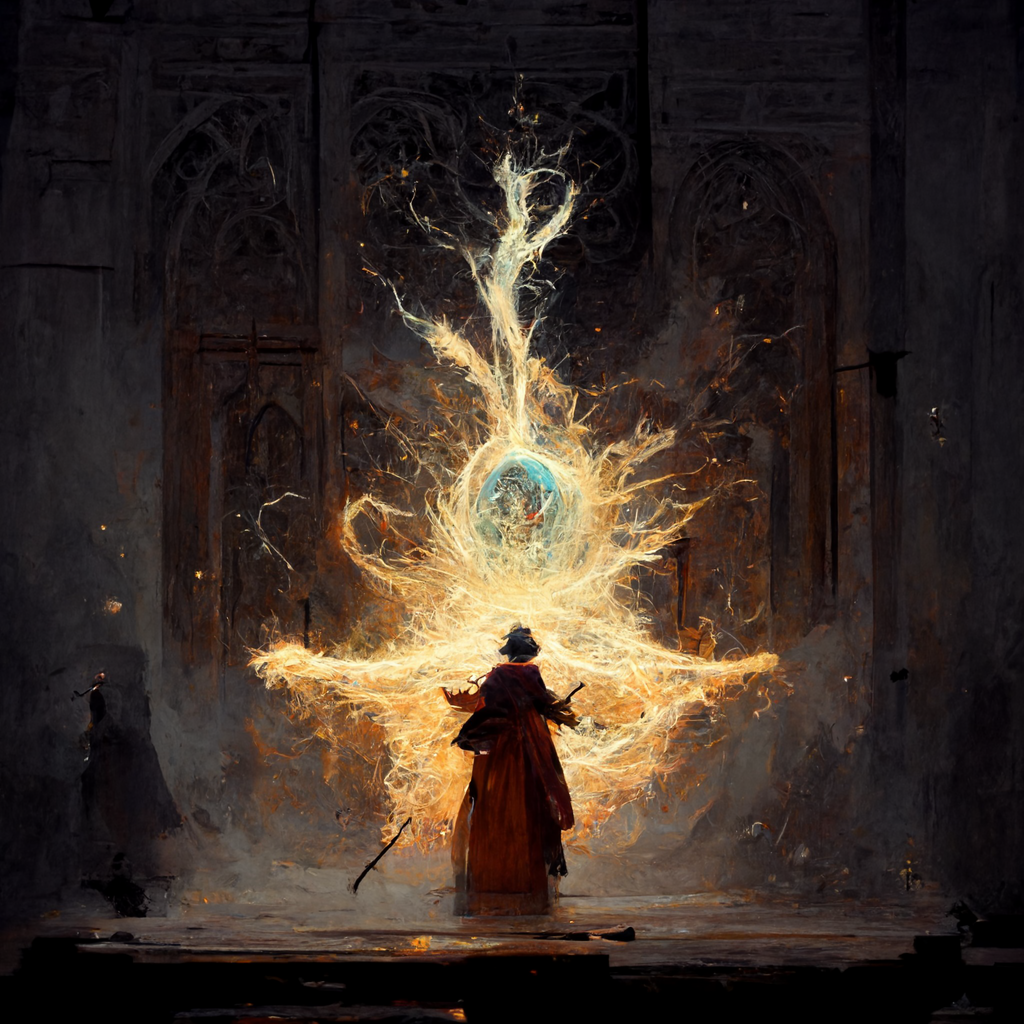

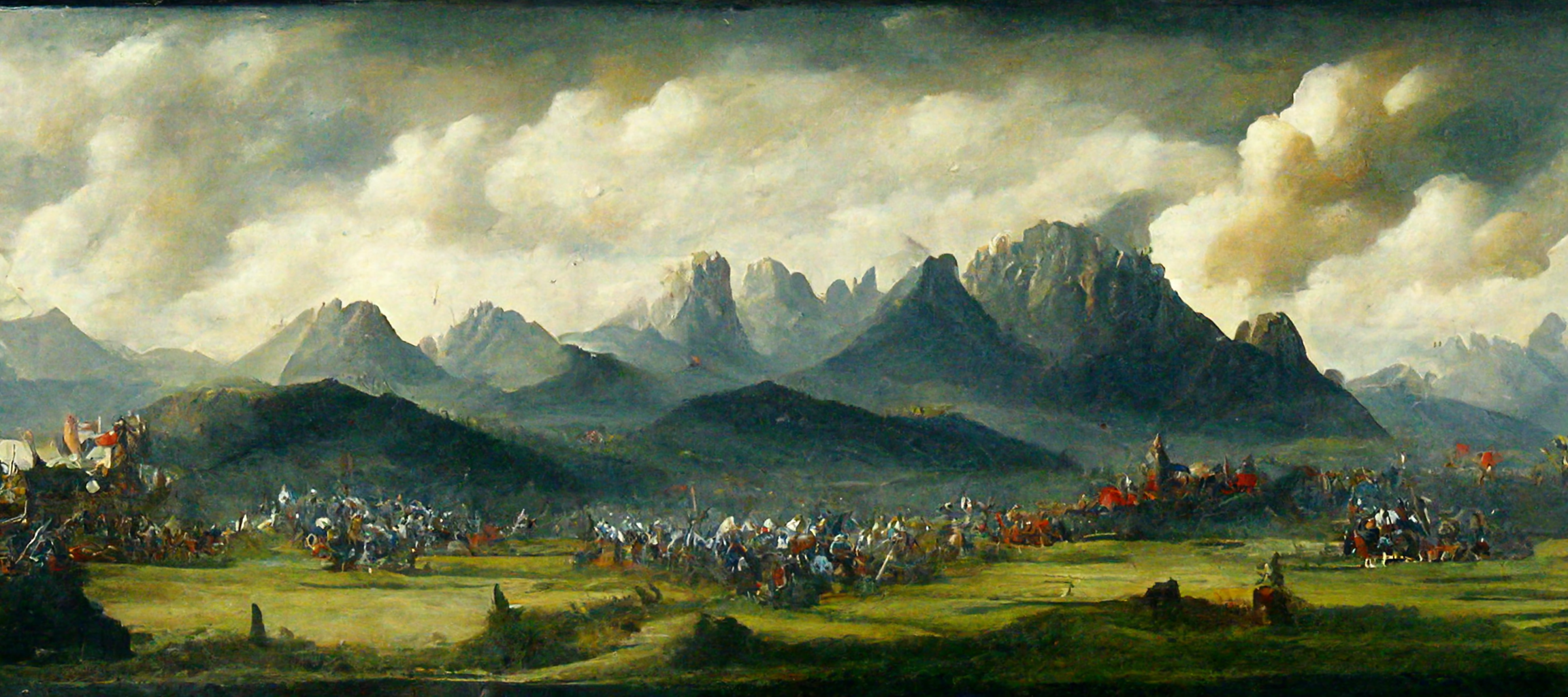
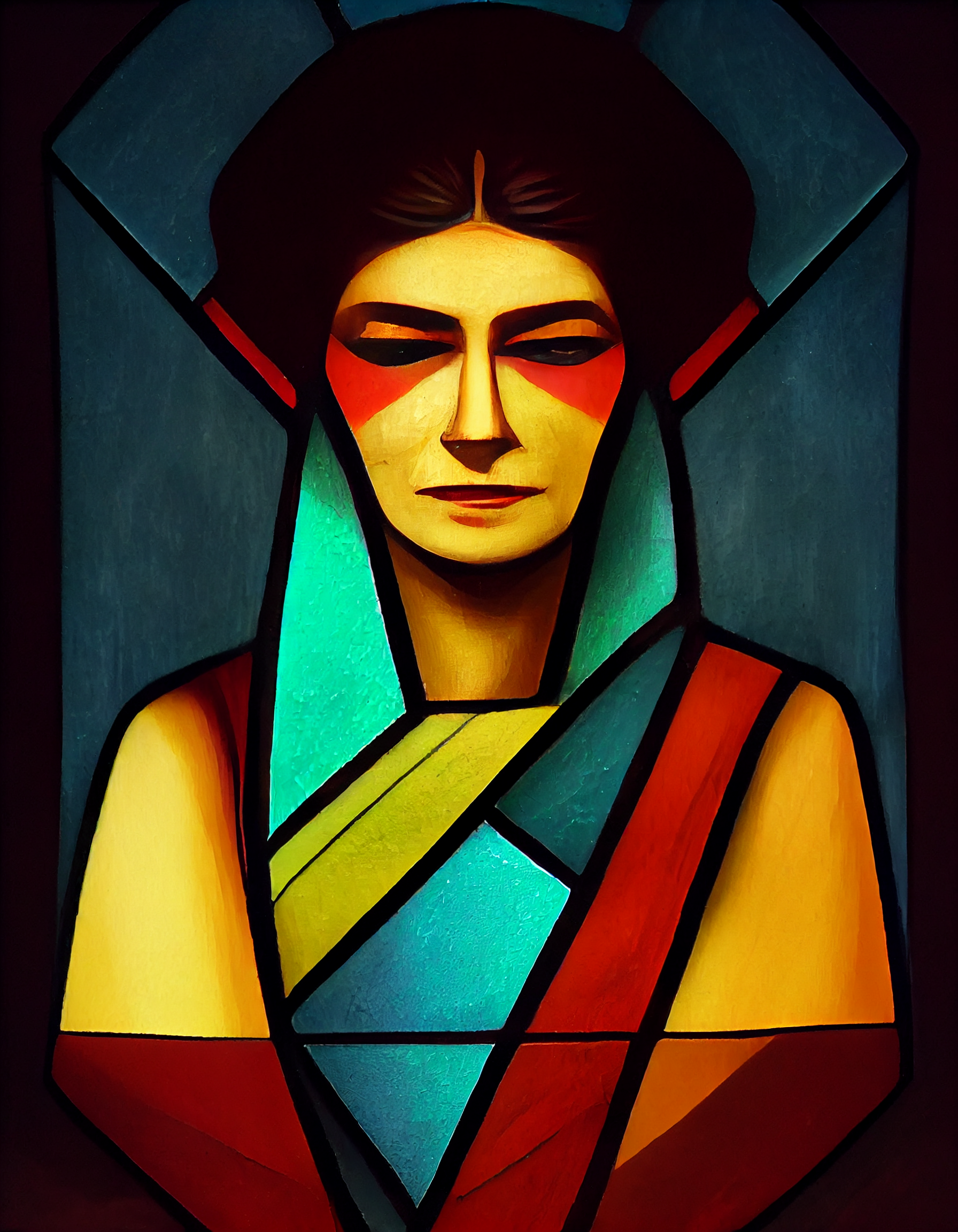


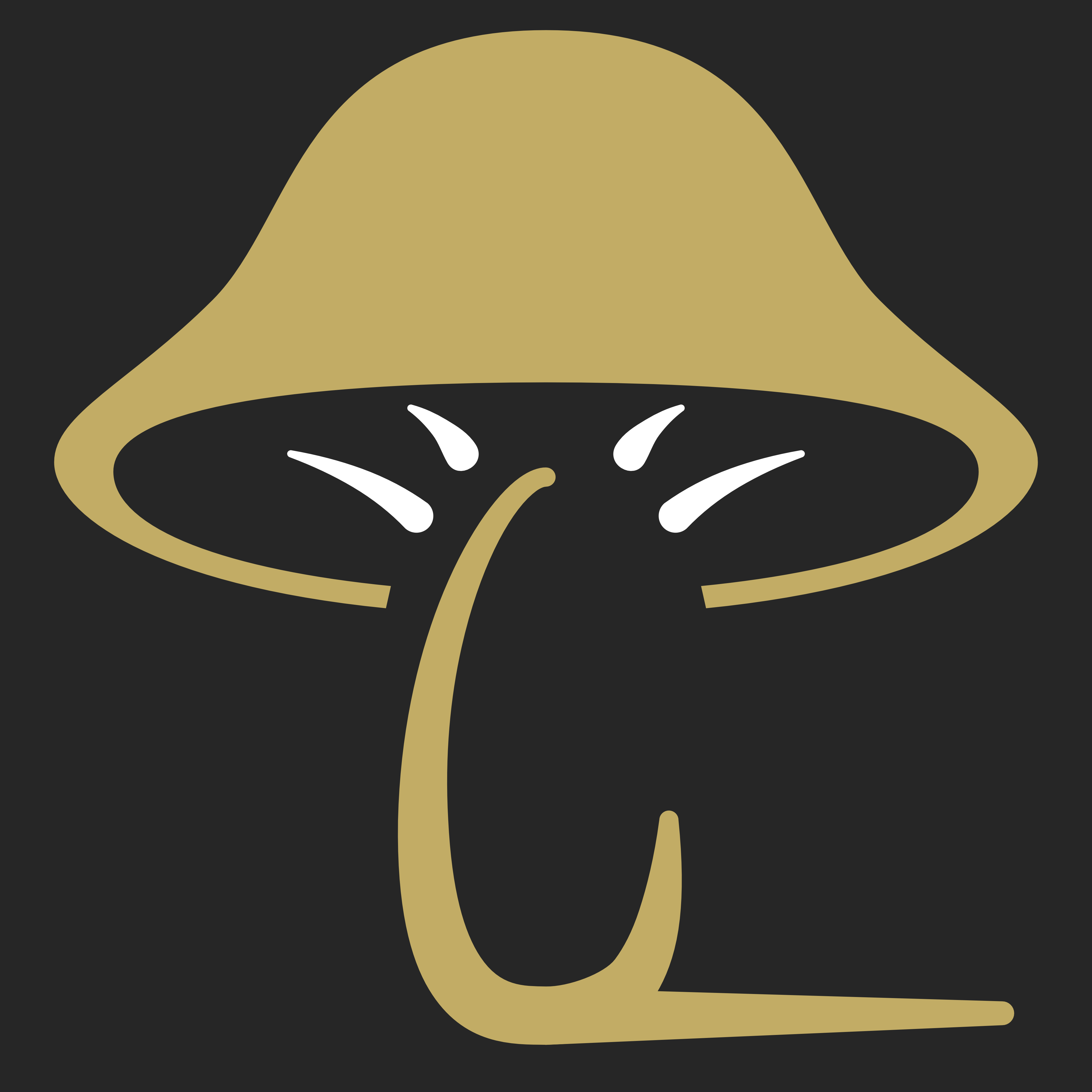

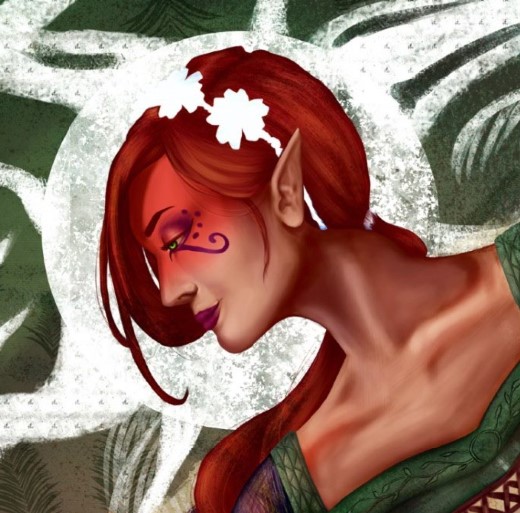

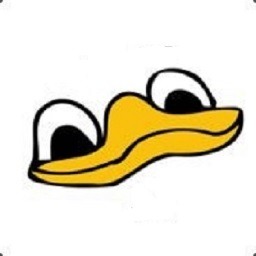
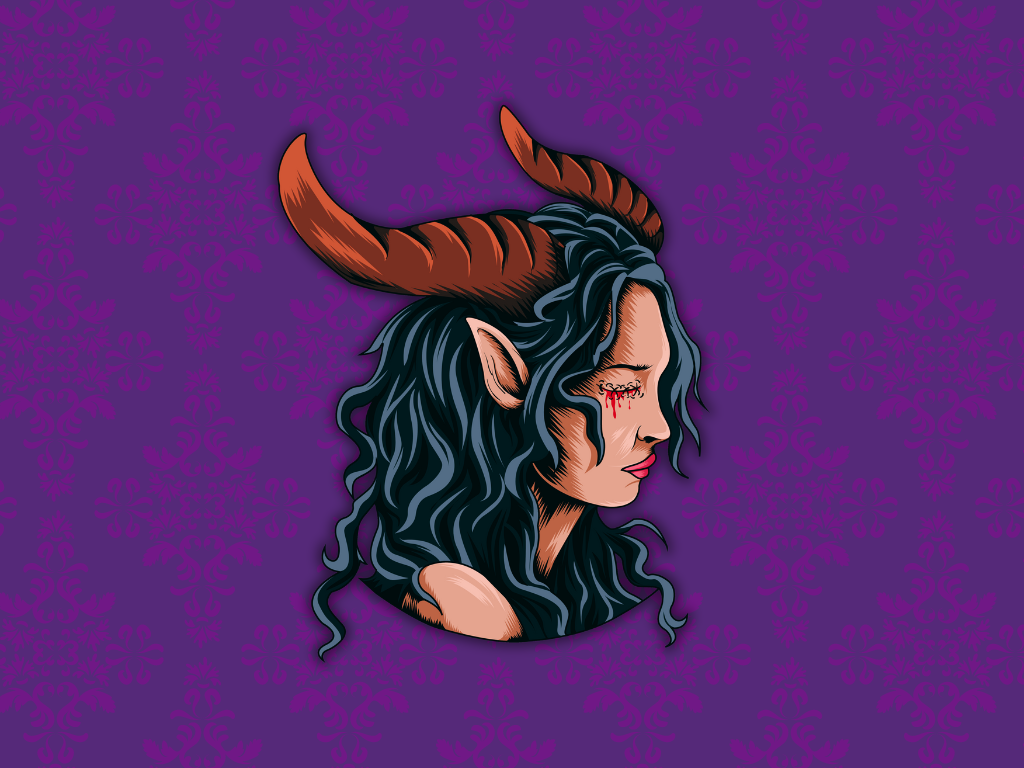
Well structured article and easy to read through! The end of the empire was quite interesting, especially the link with the omen of the lunar eclipses.
I realized I had set myself up with the lunar eclipses for a chance with a solar eclipse to have some kind of meaning, and was like "Run with it" I'm glad the article was easy to read through - I tend to write large challenge entries and have been trying very hard to make the readability easier and more engaging so that the reader doesn't get tired and go "Oh my gosh, there is *still* more to this article?!"